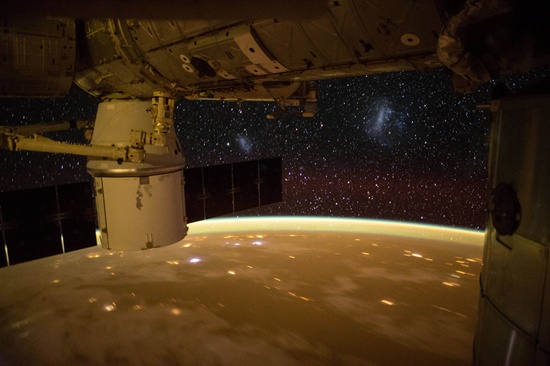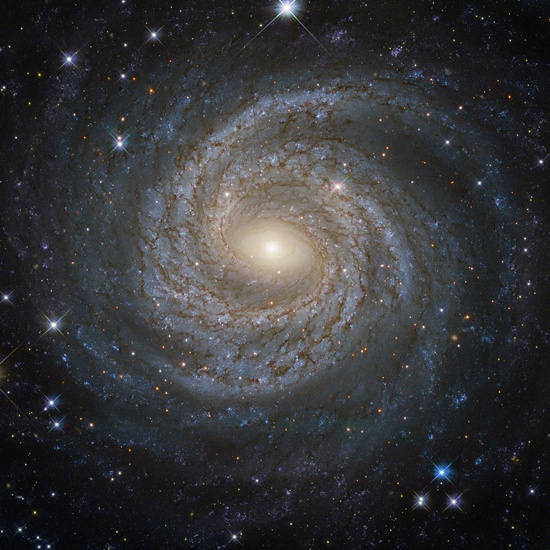
July 9, 2015
PARIS (AFP) - Atronomers who trained their telescopes on a strange stellar blip were rewarded with a front-row seat to the spectacle of a black hole waking up to devour breakfast.
The black hole at the centre of a galaxy 42 million light years away, in the constellation of Pisces, may have been dormant for millions of years, a team reported Thursday.
Scientists surveying the skies were lucky in 2012 to catch a flash of its awakening in a galaxy called NGC 660.
"The odds are pretty slim!" Megan Argo of the University of Manchester's Jodrell Bank Centre for Astrophysics told AFP.
"It is the first time we can watch it (a black hole awakening) happening in real time, so close to our own galaxy."
Black holes are very dense regions in spacetime with a gravitational force so strong that even light cannot escape.
They normally lurk dormant and undetected at the centre of galaxies, but can occasionally be tracked by their spectacular feeding frenzies -- guzzling gas and dust, sometimes entire stars, and spitting out jets of debris.
In 2012, astronomers using a single radio telescope in Puerto Rico to monitor galaxies, noticed NGC 660 become hundreds of times brighter in just a few months -- "a very unlikely and very unusual event," said Argo.
At first, it was not clear whether the burst was due to an exploding star, or the supermassive black hole.
So a team led by Argo trained radio telescopes in Britain, the Netherlands, Russia, China and South Africa on the galaxy, create a type of composite instrument with which to observe more detail.
They found a "very bright" object at the centre of NGC 660.
"Inactive black holes do not emit large mounts of radiation so we can only detect them by their gravitational effect on the orbits of stars around them. But the black hole in NGC 660 is now very obvious," said a Royal Astronomical Society (RAS) statement.
Argo said the black hole must have been activated when some material, most likely gas and dust, ventured too close to resist the gravitational pull, and fell in.
How long it remains active will depend on how much "food" there is.
"Studies of this nearby event will help in our understanding of how galaxies evolved over the lifetime of the Universe," added Argo.
The findings were presented Thursday at a meeting of the RAS National Astronomy Meeting in Llandudno, Wales.








